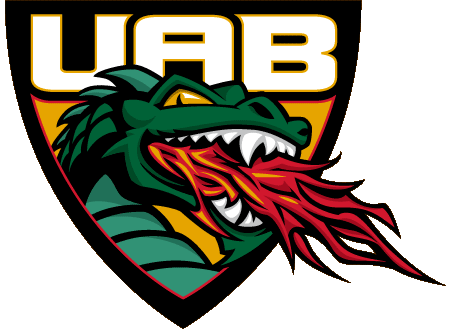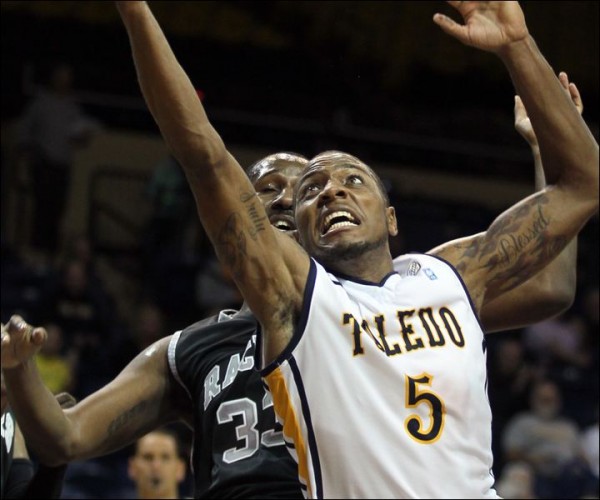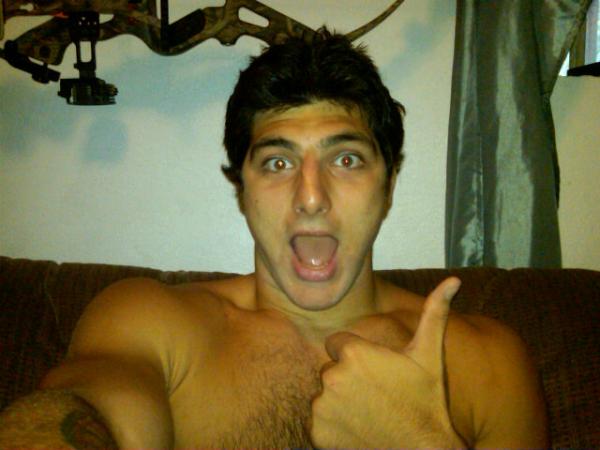Posted by Dan Lyons on February 15th, 2013

- As expected, more details have emerged in the Jim Boeheim-Andy Katz “feud”, which came to a head last night when Boeheim called Katz an idiot and refused to answer his questions at the presser that followed Syracuse’s loss at Connecticut. What was originally assumed by many to be an issue with Katz sharing some information about James Southerland’s academic issues now seems to be more about last year’s Bernie Fine fiasco. Let’s hear from Boeheim: “It’s really simple. I went to New York last year to play in the (NIT Pre-Season Tip-Off) Tournament in November and he (Katz) asked if he could interview me about the tournament. And I said, ‘Yeah, but I can’t talk about the (Bernie Fine) investigation.’ We got in the room and he put me on camera — there were several witnesses there — and he asked me what I’d told him I couldn’t answer. I kept telling him, ‘I can’t answer that.’ And he asked me, like, 10 times on camera. He never took the camera off me. Two or three people in the room were so disgusted they walked out of the room. The producer came over and apologized afterward. And I told Katz right then and there, ‘Don’t talk to me. Do not try to talk to me again.'” Katz issued a response following the Syracuse.com article: “There was no deal. I don’t cut deals. He might have thought there was a deal, but I have never, ever made a deal… The reason I did that is because with guys like Jim Boeheim, John Calipari, Jim Calhoun they’ll, say there’s a certain subject they don’t want to talk about and then they’ll talk about it. If I asked it one too many times, fine, criticize me. I was just trying to see if he’d answer the question.”
- On the brighter side for Syracuse fans… err, maybe not so much after Wednesday night in Hartford… Michael Carter-Williams continues to grab headlines for his play. Mike DeCourcy of Sporting News went into depth with MCW about his high-risk, high-reward play this season, and how his scant playing time last season has helped in his maturation process. Carter-Williams, like Dion Waiters before him, is a fiery competitor, and is has gotten the best of him in games before, including one instance last season when he snapped at Jim Boeheim after being taken out of a game: “Definitely, there were a couple of times when it got the better of me and I lashed out at Coach. Those were mistakes I made. Coach told me if I wasn’t yelling at him, he wouldn’t know what to expect from me. I was a McDonald’s All-American and I wasn’t playing … he knew I wanted to be out there.” Carter-Williams’ play has been up and down this Big East season, but few deny his talent, and the fact that if Syracuse has a chance at making a final four run this season, it will be in large part due to MCW’s play.
- College basketball is wide open this season, and the Big East is no different. It seems like half of the league is still in contention for the conference crown, and no one knows what will happen once the Big East tournament kicks off at Madison Square Garden. UConn was never supposed to be in the discussion this season. After being handed a full post-season ban due to APR issues, and losing a number of talented players from their NCAA tournament team last season, UConn was largely an afterthought in the league. However, with the win over Syracuse, the Huskies sit just a game out of first place in the conference, and the team may be especially dangerous, as a regular season Big East title is all that they can play for this year.
- Cincinnati’s offensive woes have been well-documented, especially since Cashmere Wright’s injury in January. Sean Kilpatrick has been a one man show for the Bearcats, and that hasn’t been a winning formula. In their recent win over Villanova, Cincinnati was able to find offense from another source: JaQuon Parker. Parker averages 10.9 points per game for Cincy, but had been in a bit of a scoring drought before breaking out with 19 points against the Wildcats. The significance of his contribution was not lost on Mick Cronin: “He’s got to stay aggressive and I’ve got to help him with that. Put him in situations to where he can be aggressive and he’s thinking offense. He’s thinking attack. For us to win, he’s got to play that way. For us to be a high-level team, he’s got to be a double-figure guy.”
- The ballad of Todd Mayo at Marquette has hit frequent rough notes, but he is a rare talent that could become a major asset for Buzz Williams’ squad if kept in check. Mayo spent the early part of this season on academic suspension, and he has had his playing time cut at points since his return for what many expect is disciplinary reasons. When Mayo does suit up, he is a dangerous offensive weapon, averaging over 17.5 points per 40 minutes played. The trouble is, for every double digit game he tallies, he only plays five minutes in another. There are rumblings that Mayo may not be long for Marquette, but while he is still on the team, they can certainly use him in their race for the top of the Big East.
| big east, microsites, morning 5
| Tagged: andy katz, apr, bernie fine, big east tournament, buzz williams, cashmere wright, cincinnati, connecticut, james southerland, jaquon parker, jim boeheim, jim calhoun, john calipari, madison square garden, marquette, mcdonald's all-americans, Michael Carter-Williams, mick cronin, NIT Pre-season tip-off, Sean Kilpatrick, syracuse, todd mayo, villanova
Share this story















































